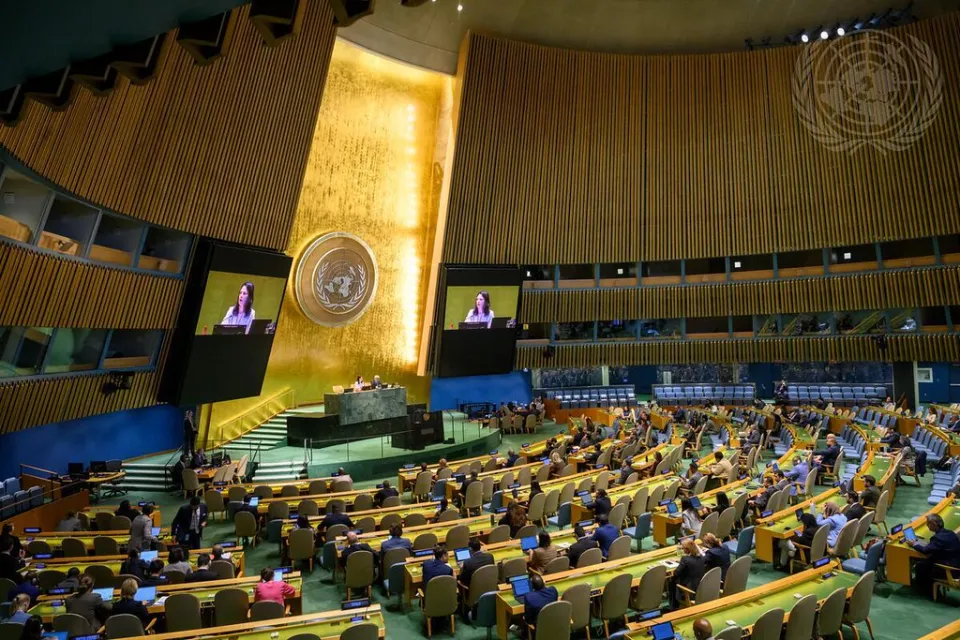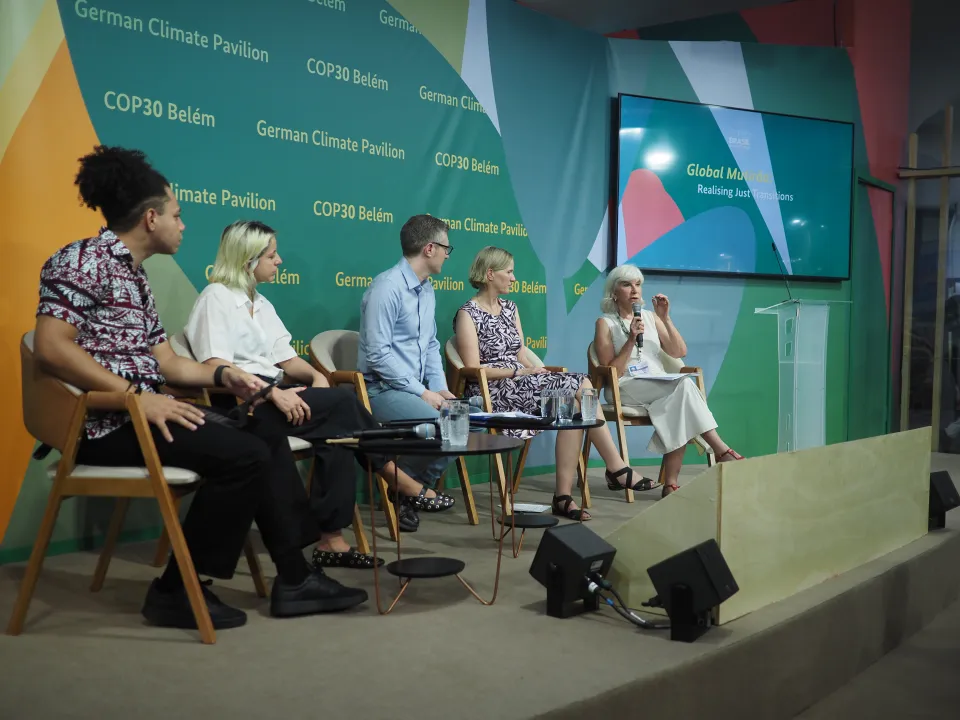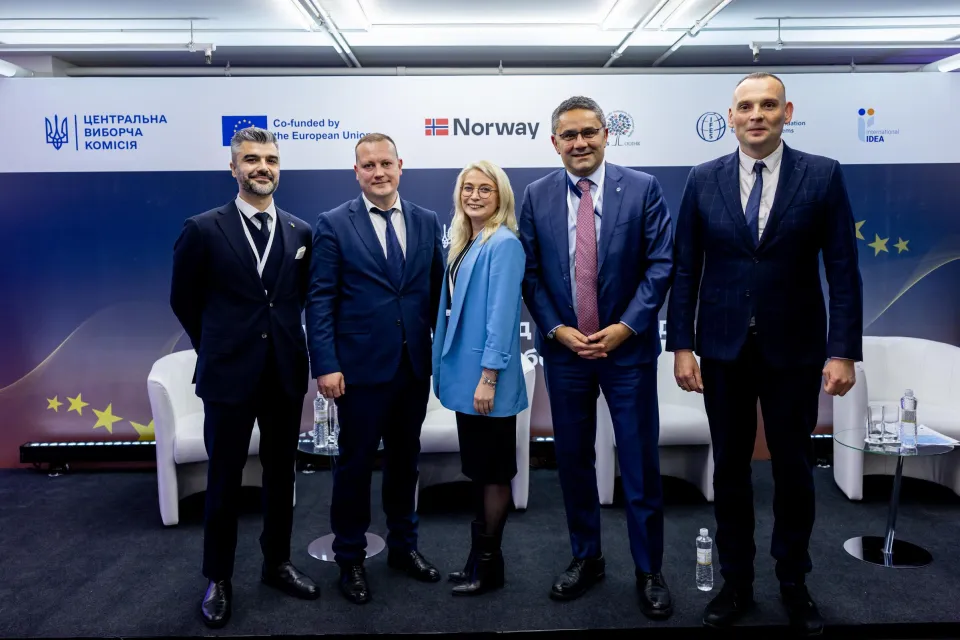A second round of voting for the President of Costa Rica
For the second time in Costa Rica’s history the election of the President of the Republic required a second round of voting, since none of the candidates obtained the required minimum of 40% of the votes cast in the first round.
The results of the first round showed high level of fragmentation and competition between parties, which had an impact on the composition of Congress. The runoff election on 6 April 2014 involved the two candidates with the most votes in the first round: Luis Guillermo Solís of the Partido Acción Ciudadana (PAC), and Johnny Araya of the Partido Liberación Nacional (PLN), who obtained 30.64% and 29.71% respectively.
One of the most surprising incidents in the campaign occurred on 5 March when Johnny Araya, the incumbent PLN candidate, announced he would cease campaigning in the face of the runoff. This embroiled the PLN in its worst ever crisis, while also generating justifiable worries about the potential for an increased level of voter abstention. This odd situation forced Luis Guillermo Solís to compete against a ‘phantom candidate’.
This electoral process was marked by a series of ‘resignations’. Inside the PLN, [one of its potential candidates] Rodrigo Arias decided not to participate in the voting to determine the party’s candidate, leaving the path clear for Araya. The PLN campaign in the first round was viewed as ‘clientelist’, mainly due to their using public spaces (such as the National Gymnasium) for promoting the PLN candidate.
The strategy of the PAC was very different, characterized by keeping its distance from ‘traditional politics’. Since there were no debates before the runoff elections were held, Luis Guillermo Solís devoted himself to the creation of links with various sectors of the country, and the presentation of his Plan for Government, including the use of mass media.
The PAC’s Luis Guillermo comes from an academic background rather than the decidedly political context known to Johnny Araya. In addition, his candidacy was determined by open internal elections in the PAC, where he competed against three others, winning by a narrow margin.
During the campaign his popularity was underestimated by the opposition, until the survey published by the Semanario Universidad on 29 January, which showed him in second place. Eventually he finally won the 2 February election. The PAC started its campaign with limited funds and a strong effort to make itself attractive in many areas of the country, challenging the perception of the party as being based primarily in the country’s Central Valley.
Another peculiarity of the campaign was the importance of social networks. The ability of the PLN to adjust to a new way for carrying out politics was questioned, and to the capacity of the Frente Amplio Party and the PAC to find new ways to relate to the Costa Rican people, who are now more willing to inform themselves about politics, and to use social networks.
Electoral results
After Johnny Araya withdrew from the campaign, Luis Guillermo Solís set himself the goal of obtaining one million votes in the runoff election. In fact, he obtained over one million three hundred thousand votes (77.81%), while Araya obtained around three hundred and sixty thousand votes (22.19%), according to preliminary data from the Supreme Electoral Tribunal.
These results were surprising at two levels. Firstly, the number of votes obtained by Luis Guillermo Solís was historic, and justifies the support for a new political option that distances itself from the traditional Costa Rican two-party system, which had evolved towards a hegemony of the PLN, as well as citizen discontent in the face of clientelism and corruption. However, it is important to remember that this was a runoff election in which the number of party options was highly limited.
Secondly, it is significant because, in spite of Johnny Araya withdrawing from campaigning, a significant number of voters showed up to vote, probably due to party loyalty.
The election results are also important for what they reveal about the level of abstention which, at 43% was slightly higher than in the first round, but, according to some analysts, lower than expected for the end of a campaign in which one of the candidates had effectively resigned. Indeed some of the other political parties called for citizens to abstain from voting in the runoff election. These actions contributed to what was characterized in the 2013 Latinobarómetro as a ‘loss in the democratic capital’.
The post-election scenario
The new president will assume office with a broad national agenda. Luis Guillermo Solís has made a number of strong statements on highly controversial issues, such as achieving progress towards a secular state, and lowering the price of electricity (even though this might imply participation of private businesses in power generation).
Unemployment and the growth of inequality are a challenge not only for the new president, but for the country as a whole, and they must be confronted without losing sight of pressures from the different business associations and important economic sectors.
The pronouncements of the various factions continue to favour ‘national unity’, which is highly relevant in light of the highly fragmented composition of the Congress. In this sense, Solís assumes his role in the executive branch as a minority president – what Mainwaring (1995) classifies as the ‘difficult combination’ of presidential systems. In general, Costa Rica’s stability has been an exception in the Latin American region; now we must wait to see how Solís will perform as the head of the Executive and his capacity to move towards a more governable country.



